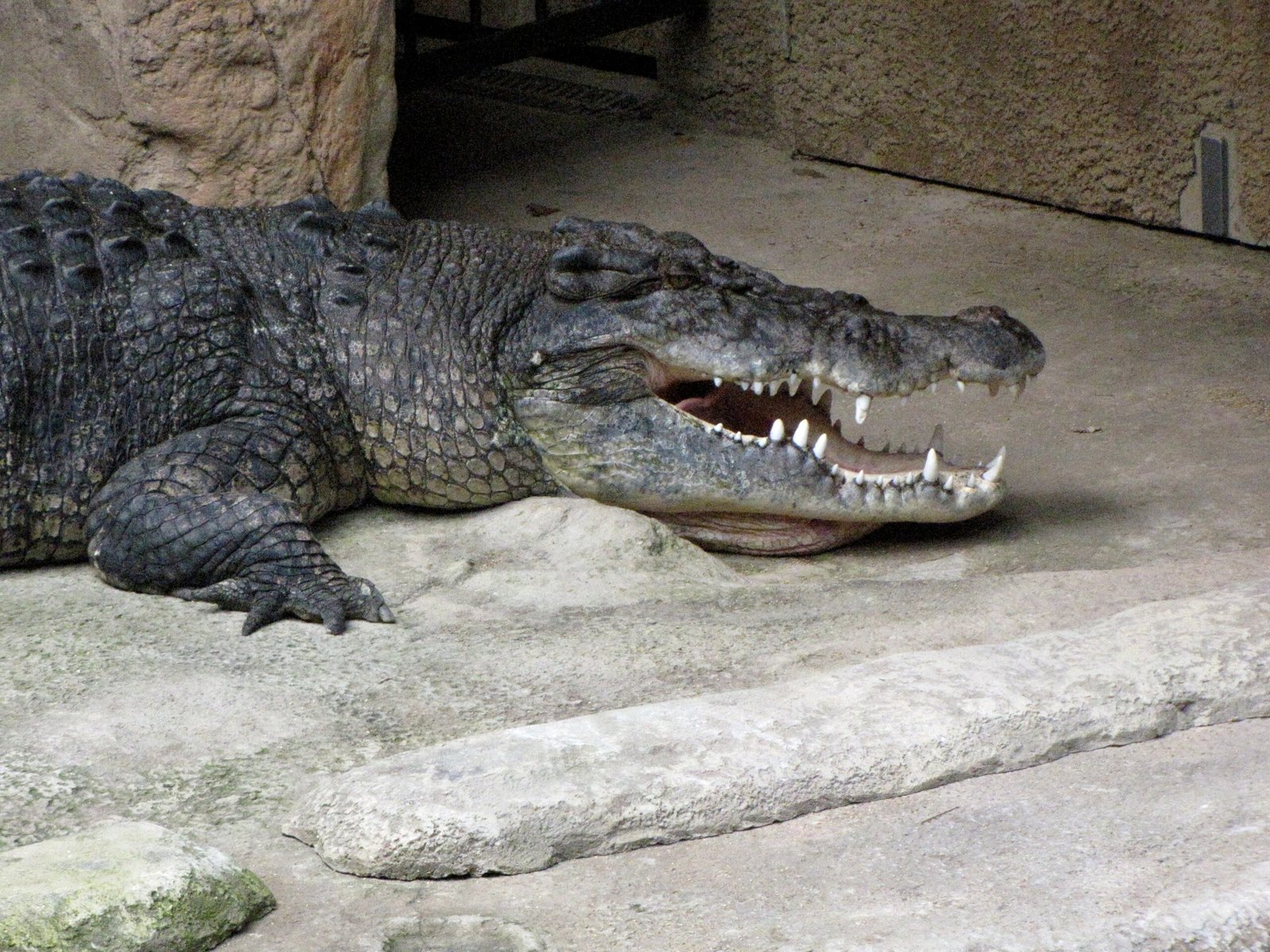Imagine a world where monstrous reptiles roamed the Earth, not just on land but also in the murky depths of prehistoric rivers. These were times when dinosaurs ruled the land, yet they weren’t the only giants. Lurking in the shadows of ancient waterways were the super crocs, a group of colossal crocodilians that were both fierce and fascinating. These prehistoric predators were not your average reptiles; they were the stuff of legends, capable of taking down even the mightiest of dinosaurs. Let’s dive into the enthralling world of these ancient giants and uncover the secrets of their survival and dominance.
The Rise of the Super Crocs

Long before the modern crocodiles we know today, there existed a lineage of gigantic predators known as super crocs. These behemoths roamed the Earth during the Cretaceous period, approximately 100 million years ago. Unlike their modern descendants, super crocs were adapted to both aquatic and terrestrial environments. Their rise to dominance was fueled by evolutionary advantages that allowed them to thrive in diverse habitats. This adaptability was crucial in a world teeming with competition, where only the fiercest survived.
Meet Sarcosuchus: The Giant Among Giants
Among the most famous of these super crocs was Sarcosuchus, often dubbed the “SuperCroc.” Measuring up to 40 feet in length, this enormous predator was nearly twice the size of the largest living crocodile today. Sarcosuchus possessed a massive jaw filled with conical teeth, perfect for gripping its prey. Its size and strength made it a formidable opponent, capable of preying on dinosaurs that ventured too close to the water’s edge. Imagine a creature as long as a city bus, lurking silently in the water, waiting for the perfect moment to strike.
The Hunting Techniques of Ancient Predators
The super crocs were not only massive but also highly skilled hunters. Their hunting techniques were as varied as their habitats. Some species relied on ambush tactics, lying in wait for unsuspecting prey to approach. Others were more active hunters, using their powerful tails to propel themselves rapidly through the water. These methods allowed them to capture a wide range of prey, from fish to large dinosaurs. Their ability to adapt their hunting strategies was a testament to their intelligence and cunning.
Survival in a Dinosaur-Dominated World

In a world dominated by dinosaurs, survival was no easy feat. Yet, super crocs managed to carve out a niche for themselves. Their success can be attributed to their unique adaptations, such as their armored skin and powerful bite force. These features provided them with protection and an edge over other predators. Additionally, their semi-aquatic lifestyle allowed them to exploit resources that were inaccessible to land-dwelling creatures. This versatility was key to their survival in a competitive ecosystem.
The Evolutionary Journey of Crocodilians
The evolution of super crocs offers a fascinating glimpse into the adaptability of life on Earth. Over millions of years, these creatures evolved to become some of the most efficient predators of their time. Their evolutionary journey is marked by significant changes in size, shape, and behavior. As the environment changed, so did they, showcasing the incredible resilience of crocodilians. This adaptability is a testament to the power of natural selection and the ever-changing dynamics of ecosystems.
The Extinction of the Super Crocs
Despite their dominance, the reign of the super crocs eventually came to an end. The reasons for their extinction are still a subject of scientific inquiry, but it is believed that climatic changes and competition with other predators played a role. As the Earth’s climate shifted, so did the availability of resources, leading to the decline of these ancient giants. Their extinction marked the end of an era, paving the way for the rise of modern crocodiles and other reptiles.
Comparing Super Crocs to Modern Relatives

While super crocs are long gone, their legacy lives on in their modern descendants. Today’s crocodiles, alligators, and caimans share many traits with their ancient relatives, such as their powerful jaws and armored skin. However, modern crocodilians are much smaller and have adapted to a more specialized niche. By studying the similarities and differences between super crocs and their modern counterparts, scientists can gain insights into the evolutionary pressures that shaped these incredible creatures.
The Fascination with Prehistoric Predators
The allure of super crocs lies in their sheer size and power. These ancient predators captivate our imagination, offering a glimpse into a world where nature’s giants reigned supreme. Their story is a testament to the wonders of evolution and the complex interplay between species and their environments. For scientists and enthusiasts alike, the study of super crocs provides valuable lessons about the past and the forces that continue to shape life on Earth.
Unearthing the Secrets of the Past

The discovery of super croc fossils has opened a window into a bygone era. Paleontologists work tirelessly to piece together the puzzle of these ancient creatures, using cutting-edge technology to uncover their secrets. Each fossil tells a story, revealing clues about the behavior, diet, and environment of these prehistoric predators. Through these discoveries, we gain a deeper understanding of the intricate web of life that existed millions of years ago.
The Legacy of the Super Crocs
The legacy of the super crocs is one of awe and inspiration. Their existence challenges our understanding of the natural world and the incredible diversity of life that has inhabited our planet. As we continue to explore the mysteries of the past, the story of the super crocs serves as a reminder of the ever-changing nature of life on Earth. What other secrets lie hidden beneath the surface, waiting to be discovered?




